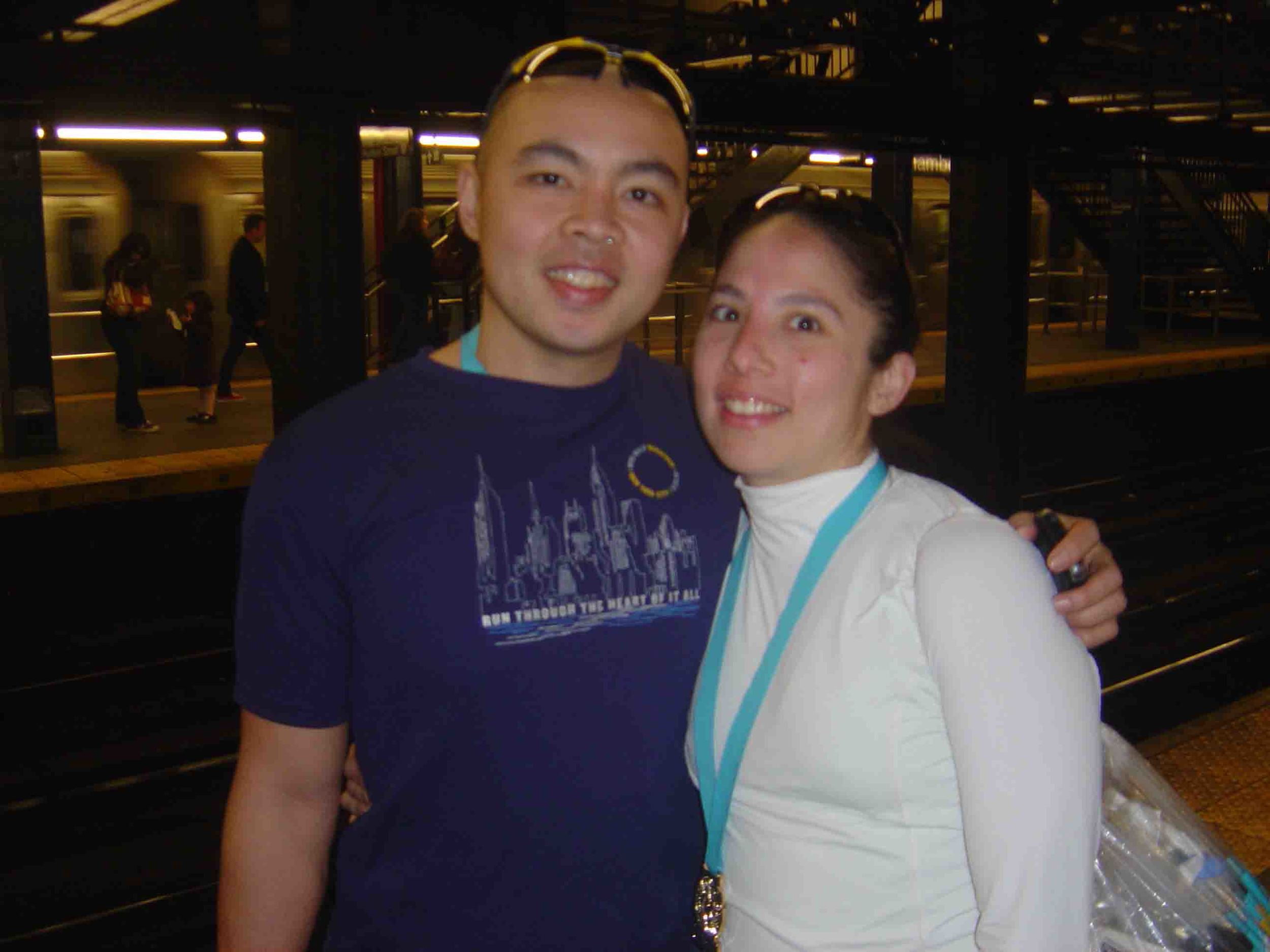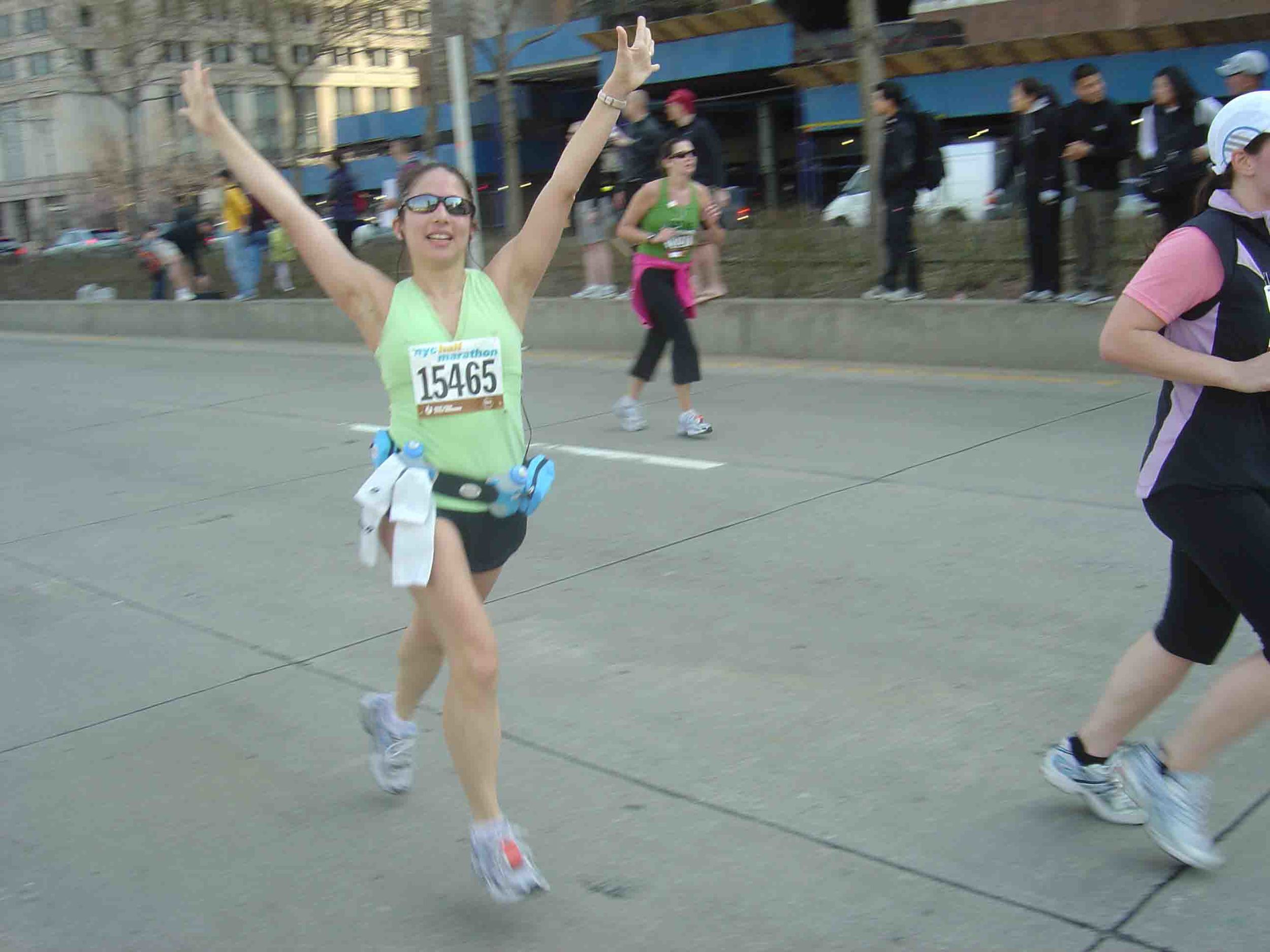I was never a big fan of running. I hated getting sweaty and dealing with the humidity in Honolulu during PE when I was in school. I hated how it made me tired, how it made me hot, how it bored me to tears running around that quarter mile track or on the hot pavement along the streets by my high school. But something in the past year, starting around the spring and summer of 2009 has changed and now, all of a sudden, I run.
It’s been about a year and in the course of this big running explosion in my life I have run and completed the ING NYC Marathon in 2009 entering just 10 days before the race, I have run my very first trail race at Bear Mountain, I signed up for the Niagra Falls Marathon in 2010, I have completed the Staten Island Half in 2009, the NYC half in 2010, the Brooklyn Half in 2010 along with a slew of other races and, since I didn’t make the lottery for the ING NYC Marathon in 2010, I am well on my way to complete my 9 races and volunteer for one through the NY Road Runners Club to be guaranteed a slot for 2011. I even went home last summer and ran the last couple of miles of the Honolulu Marathon course to see what it was like and loved every minute of it humidity and all!
While I don’t know what really sparked my own running I started reading the national best seller “Born to Run, a Hidden Tribe, Superathletes, and the Greatest Race the World Has Never Seen” by Christopher McDougall to see his take of the running phenomenon. To be honest, I couldn’t really see how a book about running could be very interesting but everyone was raving about it and it seems to have sparked a surge in running here in the US so I thought it best to see what the hype was all about. As of now I’m about half way through it and I’m completely fascinated. He starts off with a simple question, “how come my foot hurts?” and takes off in every direction running could take and some you wouldn’t even think of. He looks at the tribe of Indians that run faster and longer than most ultrarunners, the science of running and superathletes here in the US. For example, he looked at female ultrarunners who finish 50 mile and 100 mile races and discovered that women tend to close the gap sooner against male runners the longer the race! He looks at the philosophy of running and the history of surges in running as it directly relates to the goings on in the world. Did you know that there have been three major events in US history where running has skyrocketed? They were during The Great Depression when more than 200 runners gave birth to the Great American Footrace running 40 miles a day across the country, the early ‘70s when we were recovering from the Vietnam War, the Cold War, race riots, Nixon’s impeachment and the murder of JFK and the year post 9/11 when trail running became the fastest growing outdoor sport in the nation. He links running with a trigger in the human psyche that fulfills 2 major senses we need during a crisis, stress relief and sensual pleasure. We come pre-wired for it, we have all of the equipment for it and it is what we did to relive stress and achieve sensual pleasure before we understood sex.
The more I read this book the more I start to see reasons that could have been my own personal trigger for running and the more I am fascinated with the idea that we are designed to run. I’ve only begun the section of the book that delves in to the running and shoe and how it could be the reason we are more injured now as runners than we ever were when we were running in simple, non-technical sneakers. It’s the idea he touches on in the beginning of the book and seems to be carrying through as far as I can tell now that I am in the middle of it. Having spent many years in soft, thin leather soled ballet slippers and barefoot on stage I can’t really find a reason to argue. The less shoe there is the stronger the foot needs to be right?
Let’s see what the book has to say...

